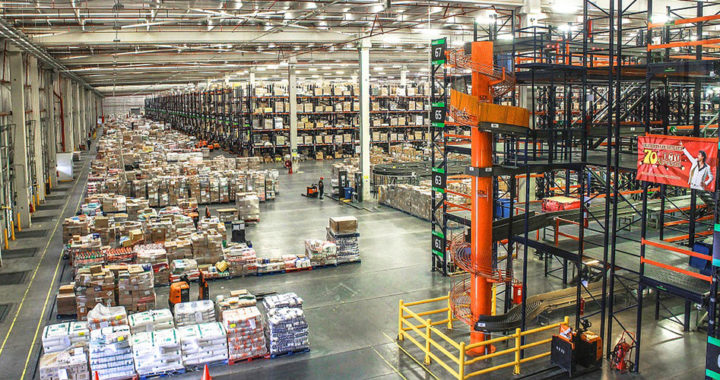Distribution strategies are strategic plans developed and implemented to deliver goods or services from the point of origin to end-user consumers. On the other hand, distribution channels are the activities and the organizations or people involved used to move products from the point of origin to the consumers. Remember that distribution is the process of making the product available for the consumers. Alongside choosing the specific distribution channel, it is important to identify the specific method of distributing the product.
Three Major Types of Distribution Strategies
There are three major types of distribution strategies developed or identified at the strategic level. Below are the following:
1. Mass or Intensive Distribution
A mass or intensive distribution is a specific strategy in which a business or marketer seeks out intermediaries or third-party distributors that appeal to a broad market base so that the consumers encounter its product everywhere they go.
Hence, it applies to products destined for a mass market. Examples include snack foods and other consumer goods such as toiletries sold through intermediaries such as supermarkets and convenience stores.
2. Selective Distribution
Producers of high-end items such as designer bags and luxury cosmetics often employ selective distribution. The high price points of these products mean that they have a limited and very defined target market confined within a defined geographic scope.
In addition, most specialized products also go through selective distribution because they need to target specified markets. Examples include consumer-grade medical equipment sold through pharmacies industrial-grade machines sold through business-to-business retailers.
3. Exclusive Distribution
Another strategy is called exclusive distribution. This approach involves a business entering an exclusive distribution arrangement with an intermediary. The intermediary or exclusive distributor works closely with the business to add value such as after-sales services and other value-added services.
Some examples of exclusive distribution arrangements include manufacturers of luxury vehicles and their arrangements with geographic distributors. Note that the exclusive distributors have the exclusive rights to sell the products within their geographic scope.
The Push and Pull Distribution Strategies
Choosing between push distribution and pull distribution, or both is another important consideration when developing a strategic distribution plan. The following are the major differences between the two:
• Push Distribution: The business or marketer uses the promotional strategy component of the marketing mix such as intensive advertising and sales promotions aimed at intermediaries to entice them to distribute and sell the product to the consumers. It is essentially a business-to-business transaction,
• Pull Distribution: This also uses the promotional component of the marketing mix, but all efforts are aimed at promoting the product or the brand to the end-use consumers. The intent is to create public awareness and demand so that the consumers would pressure the distributors to stock the product, thus pulling it through the distribution channel.
Remember that the choice between a push or pull distribution strategies has implications for marketing promotion. The push strategy is a business-to-business promotion that might involve using marketing communication channels aimed at the business audience, sales promotions, and participation in trade events. On the other hand, the pull strategy is a business-to-consumer promotion using popular channels for marketing communication and marketing activities such as mass media advertising and digital marketing activities.
Major Types of Distribution Channels
A distribution channel is a medium characterized by activities and the organizations or people involved necessary to transfer the ownership of products from the point of production to the point of consumption. Below are the types of channels or intermediaries:
• Wholesaler: Sells products in large quantities to retailers or other third-party distributors. It does not directly deal with the public or end-use consumers.
• Retailer: This intermediary sells directly to the public. Examples of retailers include supermarkets, convenience stores, independent stores, and retail outlets.
• Agent: Unlike wholesalers and retailers, an agent simply facilitates the exchange by putting sellers and buyers together. It typically earns via commissions.
• Online: This is a specialized type of distribution channel that may include wholesalers, retailers, or agents that use electronic commerce to sell the products.
Take note that in a channel design, there are three levels of distribution channel: zero level or direct distribution that involves direct transaction between the business and end-use consumers, one level that involves a retailer at the center of the business and end-use consumers, and two levels that includes wholesalers and then the retailers to move the product form the business to end-use consumers. Using an agent is essentially a zero level configuration.
However, businesses can choose one or more channels to optimize the distribution of their products. Several large organizations such as Apple or the marketing of its iPhone products and The Coca-Cola Company use a mix of different channels, thus creating a multi-channel distribution network. Of course, depending on the type of the product, the market it targets, and the suitable distribution strategy, it is imperative to choose the most cost-efficient channel.
